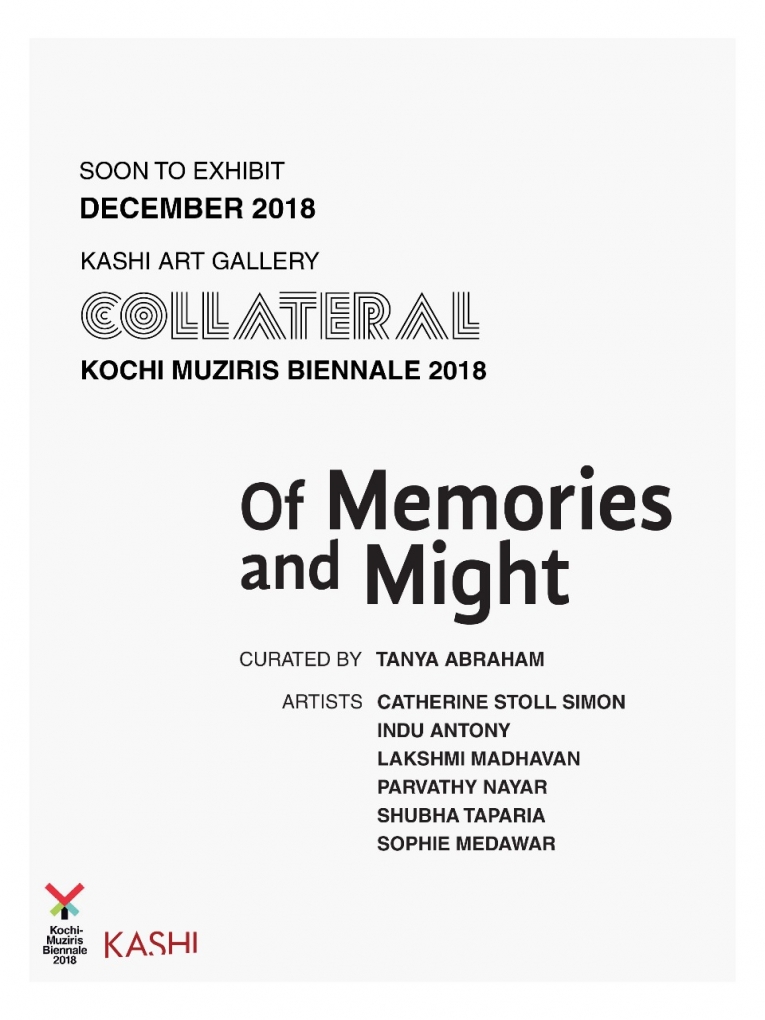This mixed-media installation explores the tension between neglect and regeneration and the fallen status of once revered icons. Taparia takes three abandoned statues as her inspiration for the work, which features a video piece, lenticular prints and props from a performance, presented in the abandoned Averard Hotel in London (2018).
The three figures depicted were found to have lost the full force of their symbolic value, having been forgotten by those who once revered them. The first, a figurine of the Virgin Mary with child, was left abandoned and wired to a wall of brickwork in an unbroken covering in Fort Kochi, India. Discarded in the garden of a bungalow sold by the owners after inhabiting it for 40 years, this figurine was forgotten during their move. The second figure, a classical allegory of the sciences in splendid robes was discovered on New Bond Street, London, overshadowed by the clutter of urban development and encased by scaffolding on a precarious façade. The third, a rigid shop mannequin, was left bound with rope and without a garment to model, consigned to storage outside the chic retail area of Mayfair.
The performance, which sought to return life to these lost figures, used female street performers known as ‘living statues’ to embody them. The video piece which documents the performance, was recorded on 16mm film stock in the decaying ballroom of the grade II listed Averard Hotel. The use of analogue film echoes the sense of poignancy and nostalgia, which pervaded the performance and figures. The accompanying soundtrack mirrors the sites where the sculptural pieces were found by using field recordings from perpetually redeveloped urban centers such as Manhattan in New York and Mayfair in London. As well as combining sounds from rural settings whose significance has shifted with the passage of history, such as the Land’s End, in Cornwall, the Duomo in Milan, Nikiti in Greece and the Buddhist caves at Ajanta in India. Alongside the video piece are three lenticular prints and props from the performance. Lenticular printing is a technique that brings movement to images allowing the viewer to manipulate the passage of time with their shifting gaze. Whilst the props act as artifacts from the transient performance, and resonate deeply with the original figurines that inspired the work, which are themselves remnants of a time now past.
Throughout this installation Taparia attends to the disregarded and shows that remains may be charged with an unsettling beauty and forgotten strength. Whilst they are neglected these figures are not lost as the artist’s process enlivens them. As within her other compilations of ’the everyday,’ Taparia re-presents neglected elements as tokens of the immutable passage of time and the shifting meanings of cultural objects.
